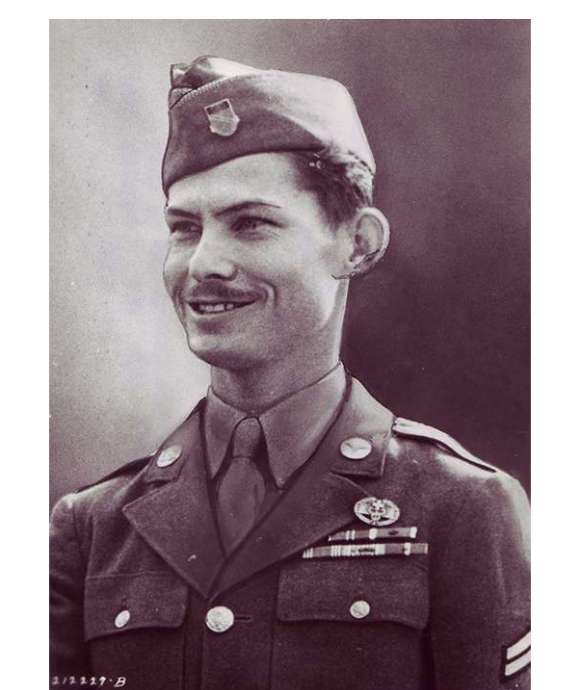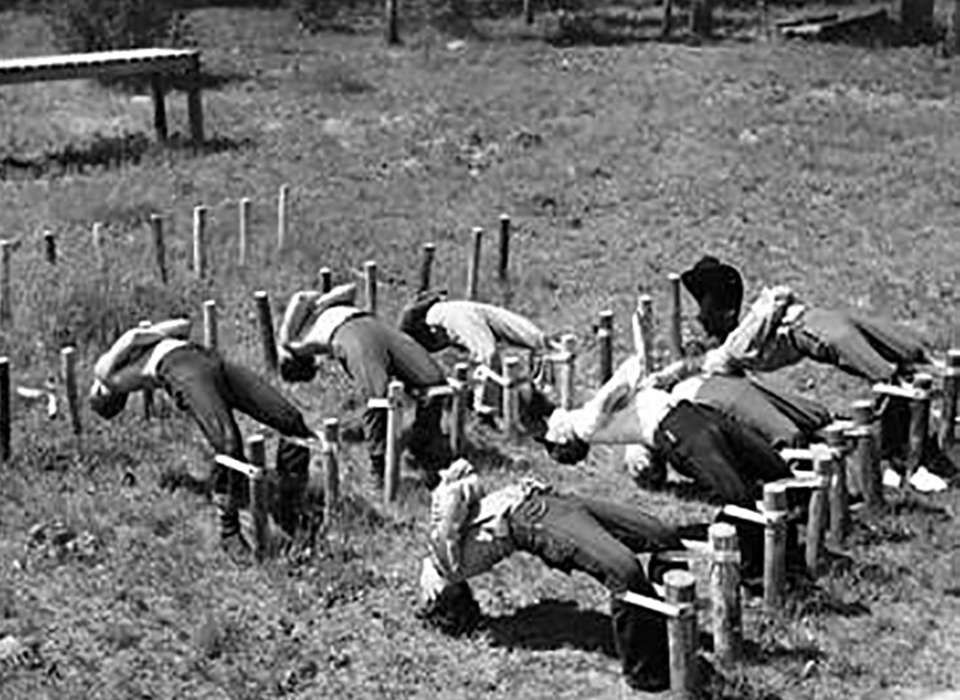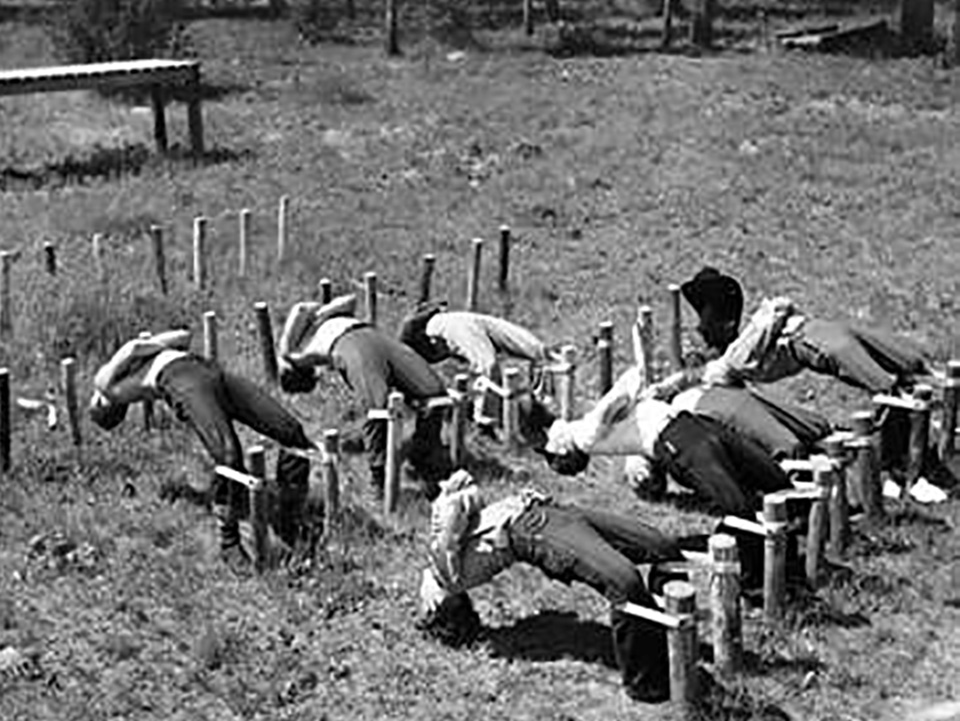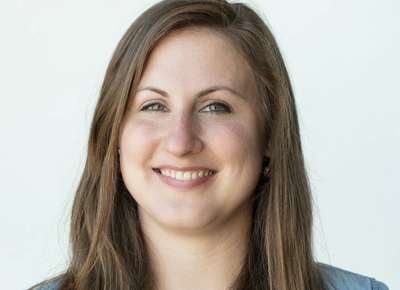As with any major historical event, the memory of World War II is marred by misconceptions. Retrospect tends to paint a rosier picture in the collective memory than the oftentimes uncomfortable truth. One common misconception about the men who served in America’s armed forces in World War II involves enlistment and the draft. With all of the stories of sacrifice and duty, and those who went against the wishes of their family or odds stacked against them to don a uniform, it’s not inconceivable that a persistent misconception is that every young man rushed out at the first opportunity to answer Uncle Sam’s call.
Avoiding military service is usually considered draft dodging, which is more commonly associated with the Vietnam War than World War II. Of the roughly 16 million in service throughout World War II, voluntary enlistments accounted for less than 40 percent of the total manpower. In contrast, over 10 million (more than 60 percent) were drafted. Every man had his own reasons for preferring not to serve. Some simply feared combat or felt they could better help their families by staying home and staying whole. There were pacifists and those whose political beliefs kept them from service. Their options were to serve, find war work, or end up in jail if they refused induction. For another large segment of the population, their choice not to serve was religious. These men were known as conscientious objectors. Since the Revolutionary War, there have been those who choose to refuse service based on their religious beliefs, most notably those of the Quaker, Brethren, and Mennonite faiths. For those who chose to stand as conscientious objectors, their options were few: join the armed forces and serve in a non-combat role (usually as a medic), volunteer for the Civilian Public Service program, or go to jail.
When young men came of age to register for Selective Service (the draft), any man desiring to register as a conscientious objector had to do so at his local draft board. An estimated 43,000 did so over the course of the war, but not all applications were accepted. To become a conscientious objector, or CO, usually a man had to be a member of a Peace Church such as the Quakers, Mennonites, or the Church of the Brethren. Personal feelings were not sufficient to receive CO status. Of the 43,000 who registered as COs, 6,000 refused to cooperate with Selective Service. Those men, over 4,400 of which were Jehovah’s Witnesses, went to jail. Approximately 25,000 either enlisted or allowed themselves to be drafted but served in non-combat roles within their respective branches. Most of these men became medics, but some became chaplains or filled other support roles. The most famous of them is army medic and Medal of Honor recipient Desmond Doss.
The 12,000 who registered for Selective Service but chose not to serve in the military found other ways to serve their country through the Civilian Public Service program. Provided under the 1940 Selective Service and Training Act, the Civilian Public Service (CPS) program was set up to provide “work of national importance” for conscientious objectors. The CPS was the work of the three Historic Peace Churches, the Brethren, Quakers, and Mennonites, who had worked together and with the federal government to provide for more desirable alternatives for COs.
In April 1941, President Roosevelt authorized work of national importance for COs, and the first CPS camps opened in May, often using former Civilian Conservation Corps campsites. Operated by the Peace Churches in conjunction with government agencies, around 150 camps were activated for the CPS across the United States and in Puerto Rico between 1941-1947. Not all men lived in camps, though most of their work was organized through one. The work performed by COs varied by location and need. Six camps under combined operation with the US Forest Service housed COs who performed a variety of tasks, including forest fire prevention, trail building, and pest control. In Wisconsin, more than 550 men worked in the dairy industry. The Bureau of Reclamation oversaw COs constructing dams, while the Farm Security Administration worked with that Bureau to have COs undertake irrigation projects.
Whatever the demands were, they were considered “work of national importance,” thus justifying the role of the CO. Many were involved in studies to aid the military as well as civilians, such as those in the South and Puerto Rico where COs were involved in projects on hookworm control. Troops in tropical locations were especially susceptible to these parasitic infections, which rendered thousands combat ineffective each year. In August 1942, COs began to work in undermanned psychiatric hospitals and training schools.
Although not always as physically demanding, the work performed by COs in psychiatric hospitals was some of the most difficult. Care for those with mental illness in the 1940s was oftentimes inhumane, as many of the men learned. Orderlies were known to strike patients, something which those who believed in nonviolence struggled to cope with. They instead learned to use restraint, not violence, to curb violent episodes, which began to be noticed by the patients, if not the orderlies. Appalled by the treatment of such vulnerable men, some COs snuck in cameras to document the treatment and conditions in the hospitals. A selection of these photographs was published in a May 1946 edition of Life magazine, causing a national uproar and a cry for change. Instead of waiting for others to make changes, COs from a hospital in Philadelphia started an association to train and professionalize work at psychiatric hospitals.
World War II provided need and opportunity for a wide range of scientific studies. From the treatment of combat injuries to better understanding the limits of the human body, it was a time of prolific scientific advancement. Many COs volunteered as human “guinea pigs,” participating in studies to test not only the effects of medicines and pesticides, but also the limits of what the human body could endure in regard to temperatures, dehydration, and diet.
As the Allies pushed further west in Europe, armies began to come across more and more starved civilians. Doctors knew that special care would be needed to restore their lives both physically and mentally, so a call was put out to COs to volunteer for a starvation study. In November 1944, 36 conscientious objectors chosen from 200 volunteers began the starvation study at the University of Minnesota.
The study lasted just over a year. For the first three months, the men were given a diet of 3,200 calories a day, followed by a six-month period of semi-starvation on a 1,570 calorie a day diet. This diet consisted of foods believed to be most widely available to the starving population of Europe: potatoes, bread, root vegetables, and noodles. While on the semi-starvation diet, the men had to exercise, assist with lab work, and participate in educational activities. A favorite pastime was perusing cookbooks and dreaming of decadent meals.
The men were constantly evaluated in order to learn more about the physiological and psychological effects of near starvation. After six months of near starvation, the men had lost 25 percent of their body weight, but only 32 remained in the study, as four had not continued to meet criteria to continue. The third phase put the men into a three-month rehabilitation phase of 2,000-3,000 calories a day, capped off by two months of unrestricted caloric intake. The war in Europe ended before the study, but some lessons had been learned that were used to rehabilitate starved men and women worldwide. The final report of the study is still considered landmark work on human starvation.
Another smaller group of conscientious objectors undertook the vital and dangerous task of forest fire fighting in remote areas in the north and west of the United States. Known as “smokejumpers,” these men were trained to parachute into remote areas to fight fires. Smokejumping had proved to be a practical, effective tool against forest fires in locations without road access as early as 1935. By 1943, the program was growing, but suffered from manpower shortages due to the demands of the war. Conscientious objectors began to inquire about joining the program, and 70 were trained that year to become smokejumpers. By the next year more than 100 COs were part of smokejumping teams in the west. Unlike most COs in the Civilian Public Service who worked unpaid, smokejumpers earned a meager five-dollar a month salary. In the off season, they performed forest maintenance, similar work to other COs.
Conscientious objectors train for smokejumping. The training, like the work they would do, was difficult and dangerous. Courtesy of the US Forest Service.
Despite their willingness to perform vital, and at times, life-endangering work, many COs were subjected to daily harassment, being considered “yellow bellies” and cowards, having those epithets thrown at them by civilians bitter at their refusal to fight. This drove many of them to volunteer for more dangerous work like smokejumping or medical experiments. Many of them hoped putting their lives at risk would change public opinion. The camps and men were supported by the Peace Churches, whose communities donated to the Mennonite Central Committee, which ran many of the camps. More than $3 million was contributed between 1941-1947, in addition to food and other goods. The camps strove to fill the physical, educational, and spiritual needs of COs, and many women volunteered to work in the camps.
The result of the Civilian Service Program was generally seen as positive by those involved, though many felt the work they were doing was not of the significance which they were led to believe was required. But their contributions should not be overlooked. In the six years the CPS was active, men assigned to Mennonite camps performed more than 2.2 million man-days of service, performed over 120 different types of work, and contributed an estimated $4 million of labor to both the federal and state government.
Many men found their time in CPS kept them grounded in their convictions, and were happy to return home to their communities where they were admired and not ridiculed. For some, such as those working at psychiatric hospitals, their experiences put them in a position to help make important changes in the world. Often overshadowed by their counterparts who reconciled themselves to non-combatant service, the alternative service of 12,000 played a vital role in the American war effort.

Private First Class Desmond Thomas Doss, US Army
On October 12, 1945, US Army medic Desmond Doss became the first conscientious objector to be awarded the Medal of Honor.
Kali Martin
Kali Martin is a former Research Historian of The National WWII Museum's Jenny Craig Institute for the Study of War and Democracy.
Cite this article:
MLA Citation:
APA Citation:
Chicago Style Citation:







![Max Fuchs, New York City cantor, sings as Rabbi Sydney [sic] Lefkowitz, Richmond, VA, conducts the first Jewish services from Germany.](/sites/default/files/styles/max_650x650/public/2025-10/image1.jpg)


